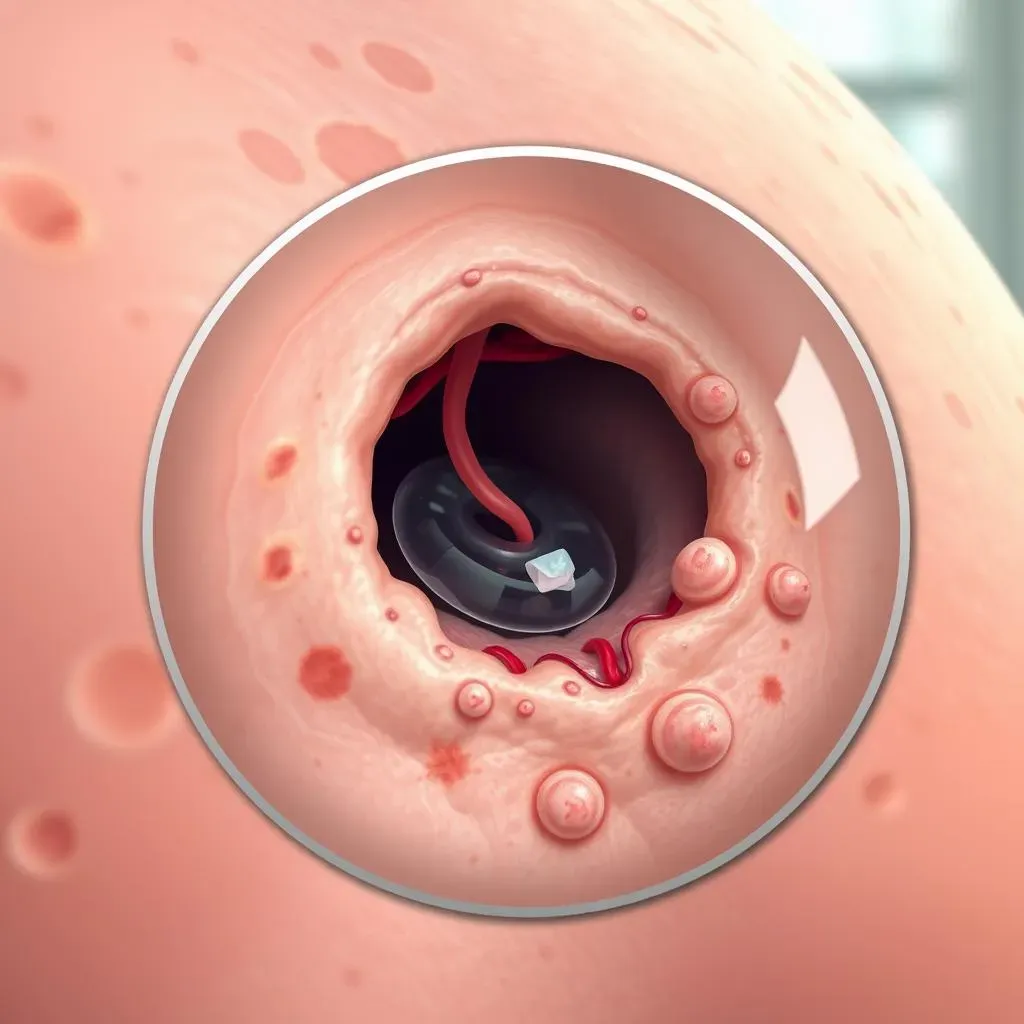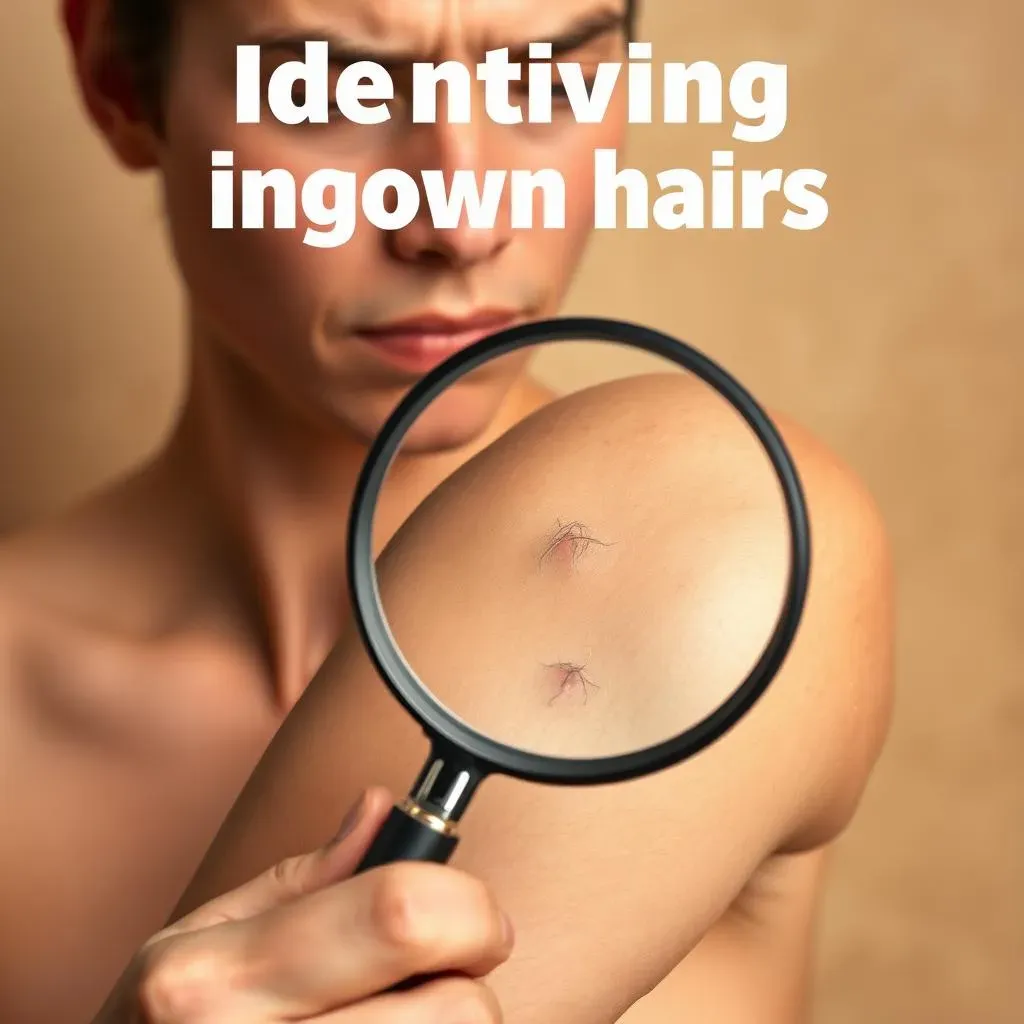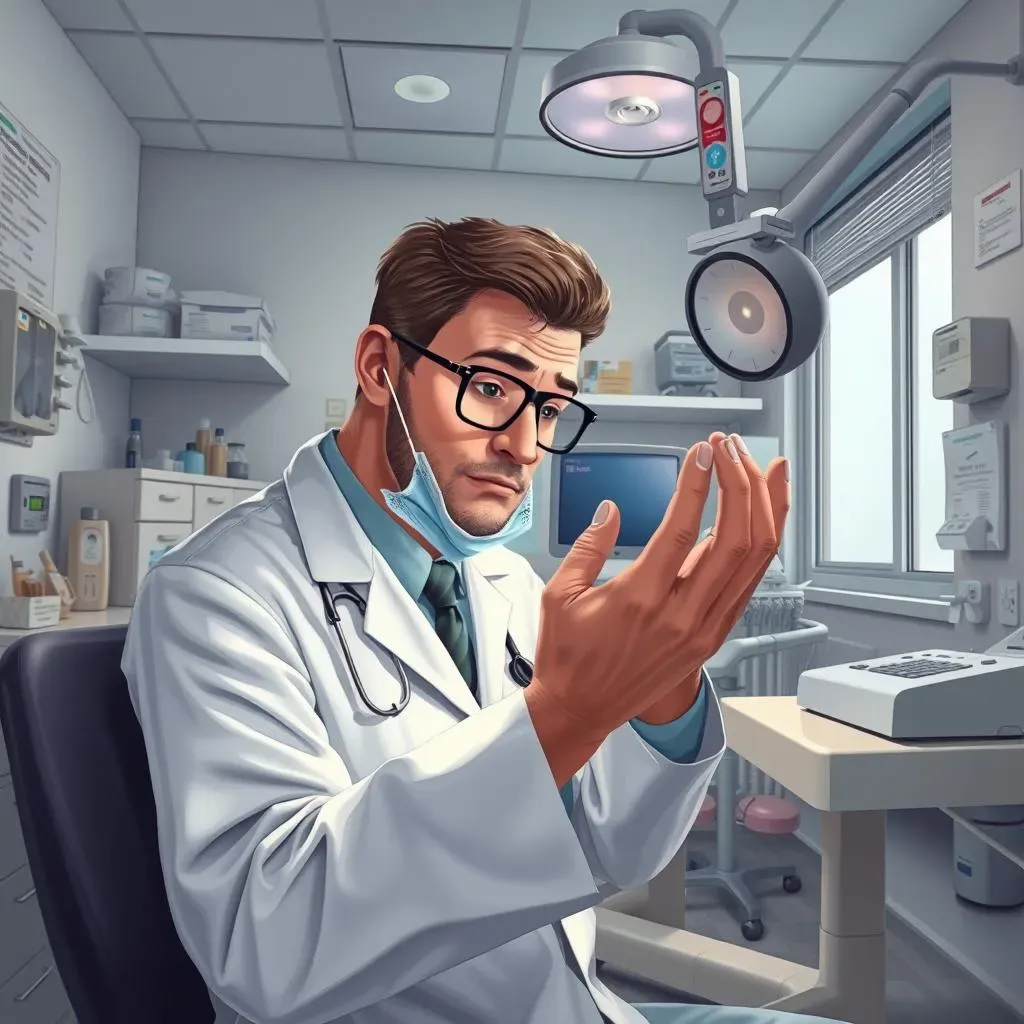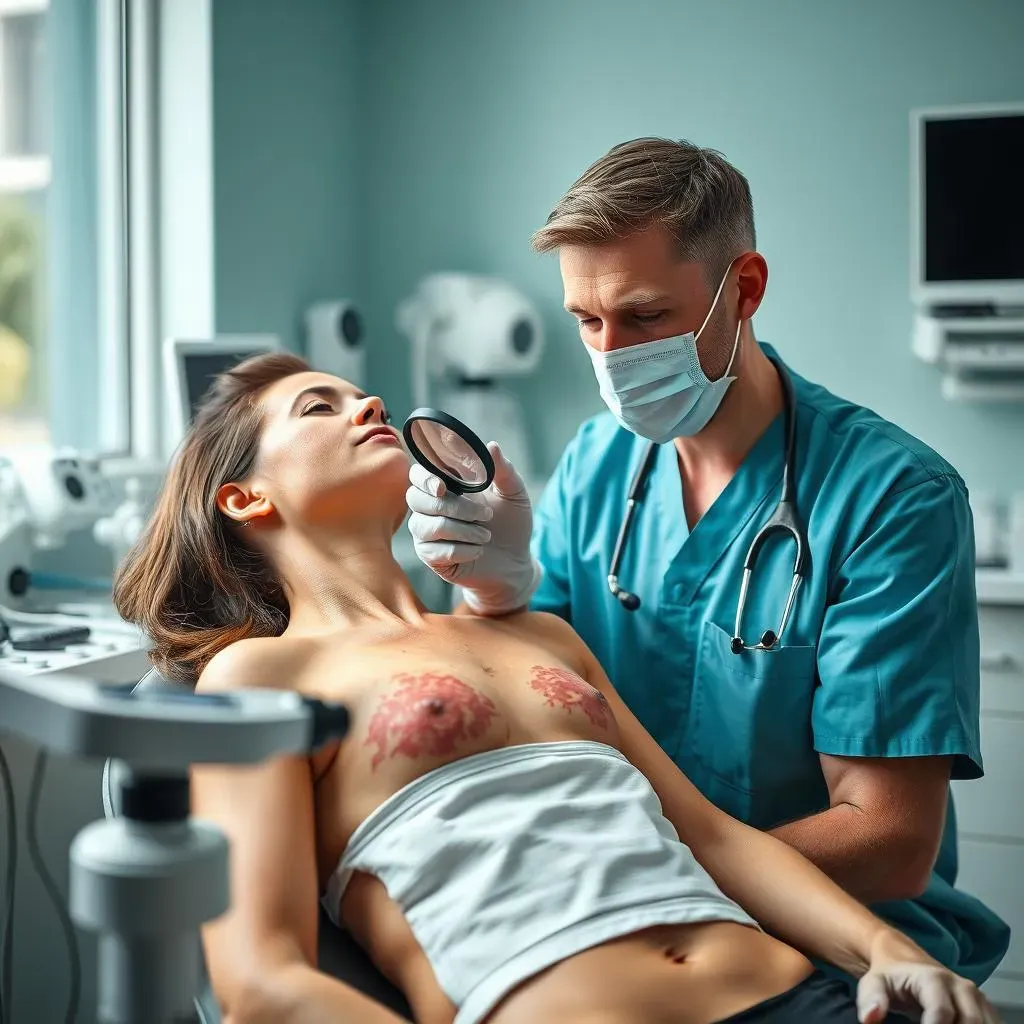Table of Contents
Are you tired of dealing with painful and unsightly ingrown hairs? Severe ingrown hair removal can be a challenging and frustrating process, but there are effective solutions available. Ingrown hairs occur when hair grows back into the skin, causing inflammation, redness, and discomfort. They are more common in areas where hair is shaved, waxed, or plucked, such as the face, neck, and pubic area. People with coarse or curly hair are more prone to ingrown hairs, making severe ingrown hair removal a necessity for many. In this article, we will delve into the causes and symptoms of ingrown hairs, explore various severe ingrown hair removal methods, and discuss prevention techniques to help you achieve smooth, healthy skin. Whether you're looking for home remedies or professional treatments, we've got you covered. Learn how to identify ingrown hairs, treat them effectively, and prevent future occurrences. With the right approach to severe ingrown hair removal, you can say goodbye to the discomfort and embarrassment of ingrown hairs and hello to confident, radiant skin.
Understanding Severe Ingrown Hair Removal: Causes and Symptoms

Understanding Severe Ingrown Hair Removal: Causes and Symptoms
What are Ingrown Hairs and How Do They Form?
Ingrown hairs occur when a hair grows back into the skin instead of outward, causing inflammation, redness, and discomfort. This happens when the hair follicle becomes clogged, and the hair is forced to grow sideways or back into the skin. Ingrown hairs can appear as small, painful bumps or pus-filled cysts, and are often accompanied by itching, burning, and swelling.
Ingrown hairs are more common in areas where hair is shaved, waxed, or plucked, such as the face, neck, and pubic area. People with coarse or curly hair are more prone to ingrown hairs, as their hair is more likely to curl back into the skin. Additionally, poor shaving techniques, tight clothing, and genetics can also contribute to the development of ingrown hairs.
Area of the Body | Frequency of Ingrown Hairs | Common Causes |
|---|---|---|
Face | High | Shaving, waxing, and tweezing |
Neck | High | Shaving and tight clothing |
Pubic Area | High | Shaving, waxing, and tight clothing |
Symptoms and Risk Factors of Ingrown Hairs
Ingrown hairs can cause a range of symptoms, from mild discomfort to severe pain and infection. Some common symptoms include redness, swelling, itching, and pus-filled bumps. If left untreated, ingrown hairs can lead to infection, scarring, and hyperpigmentation.
Certain individuals are more at risk of developing ingrown hairs, including those with curly or coarse hair, people who shave or wax regularly, and individuals who wear tight clothing. Additionally, poor hygiene and inadequate exfoliation can also increase the risk of ingrown hairs.
- Redness and inflammation around the affected area
- Pus-filled bumps or cysts
- Itching, burning, or stinging sensation
- Swelling and tenderness
- Hyperpigmentation or scarring if left untreated
Identifying Ingrown Hairs: Signs, Risk Factors, and Prevention

Identifying Ingrown Hairs: Signs, Risk Factors, and Prevention
Recognizing the Signs of Ingrown Hairs
Identifying ingrown hairs can be challenging, especially in the early stages. However, there are several signs to look out for. Ingrown hairs often appear as small, raised bumps or papules on the skin. They may be red, itchy, and tender to the touch. In more severe cases, ingrown hairs can develop into pus-filled cysts or abscesses.
It's essential to recognize the signs of ingrown hairs early on to prevent them from becoming infected. If you notice any of the following symptoms, you may have an ingrown hair:
- Small, red bumps on the skin
- Itching, burning, or stinging sensation
- Pus-filled bumps or cysts
- Swollen or tender skin
Symptom | Description | Severity |
|---|---|---|
Redness | Mild to moderate inflammation | Mild |
Swelling | Moderate to severe inflammation | Moderate |
Pus-filled bumps | Infected ingrown hair | Severe |
Understanding Risk Factors and Prevention Strategies
While ingrown hairs can affect anyone, certain individuals are more prone to developing them. People with curly or coarse hair are more likely to experience ingrown hairs, as their hair is more likely to curl back into the skin. Additionally, regular shaving, waxing, or tweezing can increase the risk of ingrown hairs.
To prevent ingrown hairs, it's essential to maintain good hygiene and adopt proper hair removal techniques. Exfoliating the skin regularly can help remove dead skin cells and prevent clogged pores. Shaving in the direction of hair growth, using a sharp razor, and avoiding tight clothing can also help reduce the risk of ingrown hairs.
- Exfoliate regularly to remove dead skin cells
- Shave in the direction of hair growth
- Use a sharp razor to avoid pulling the skin
- Wear loose clothing to reduce friction
Severe Ingrown Hair Removal Methods: Treatment Options and Home Remedies

Severe Ingrown Hair Removal Methods: Treatment Options and Home Remedies
Treatment Options for Severe Ingrown Hair Removal
When it comes to severe ingrown hair removal, there are several treatment options available. For mild cases, home remedies such as warm compresses, exfoliation, and topical creams can be effective. However, for more severe cases, medical intervention may be necessary. A doctor or dermatologist may prescribe antibiotics to treat infection, or use a sterile needle or scalpel to carefully remove the ingrown hair.
In some cases, ingrown hairs can become infected, leading to painful and potentially serious complications. If you notice increased redness, swelling, or pus around the affected area, seek medical attention. Your doctor may prescribe a topical or oral antibiotic to clear up the infection. In severe cases, they may need to drain the abscess or cyst.
Treatment Option | Description | Efficacy |
|---|---|---|
Warm Compress | Applying a warm compress to the affected area to bring the ingrown hair to the surface | Mild cases |
Exfoliation | Using a gentle exfoliant to remove dead skin cells and help the ingrown hair exit the skin | Mild cases |
Topical Creams | Applying creams or ointments to reduce inflammation and promote healing | Moderate cases |
Antibiotics | Prescription medication to treat infected ingrown hairs | Severe cases |
Surgical Removal | Using a sterile needle or scalpel to remove the ingrown hair | Severe cases |
Home Remedies for Ingrown Hair Removal
While medical treatment is necessary for severe cases, there are several home remedies that can help prevent and treat ingrown hairs. Keeping the affected area clean and moisturized can help reduce inflammation and promote healing. Exfoliating regularly can also help remove dead skin cells and prevent clogged pores.
In addition to these preventive measures, there are several home remedies that can help draw out the ingrown hair. Tea tree oil, aloe vera, and baking soda are all natural ingredients that have anti-inflammatory and antiseptic properties. Applying these remedies to the affected area can help reduce redness and swelling, and promote healing.
- Tea Tree Oil: Apply a few drops to the affected area to reduce inflammation and fight infection
- Aloe Vera: Apply aloe vera gel to soothe the skin and promote healing
- Baking Soda: Mix baking soda with water to create a paste, and apply it to the affected area to help draw out the ingrown hair
Professional Severe Ingrown Hair Removal: When to Seek Medical Attention

Professional Severe Ingrown Hair Removal: When to Seek Medical Attention
Why Seek Medical Attention for Ingrown Hairs?
While many ingrown hairs can be treated at home, there are cases where medical attention is necessary. If you notice any of the following symptoms, it's essential to seek professional help: increased redness and swelling, pus or discharge, severe pain, or if the ingrown hair is not responding to home treatments.
A doctor or dermatologist can assess the severity of the ingrown hair and provide appropriate treatment. They may prescribe antibiotics to treat infection, or use a sterile needle or scalpel to carefully remove the ingrown hair. In some cases, they may also recommend further treatment, such as laser hair removal or electrolysis, to prevent future ingrown hairs.
Symptoms | Description | Severity |
|---|---|---|
Increased Redness and Swelling | Ingrown hair becomes severely inflamed | High |
Pus or Discharge | Ingrown hair becomes infected | High |
Severe Pain | Ingrown hair causes significant discomfort | High |
Lack of Response to Home Treatments | Ingrown hair does not improve with home remedies | Moderate to High |
What to Expect During a Professional Ingrown Hair Removal
When seeking medical attention for an ingrown hair, your doctor or dermatologist will typically begin by examining the affected area. They may use a magnifying glass or lamp to get a closer look at the ingrown hair and assess the level of inflammation.
Depending on the severity of the ingrown hair, the doctor may use one of several methods to remove it. These methods include:
- Using a sterile needle to gently tease out the hair
- Applying a topical anesthetic to numb the area before removal
- Prescribing antibiotics to treat any underlying infection
- Recommending further treatment, such as laser hair removal, to prevent future ingrown hairs
It's essential to follow your doctor's instructions carefully after the procedure to ensure proper healing and prevent infection. This may include applying topical creams, taking antibiotics, and avoiding certain activities that may irritate the affected area.
Preventing Future Ingrown Hairs: Tips and Best Practices for Severe Ingrown Hair Removal

Preventing Future Ingrown Hairs: Tips and Best Practices for Severe Ingrown Hair Removal
Preventing Ingrown Hairs: Tips and Best Practices
Preventing ingrown hairs is crucial to avoid the discomfort, pain, and potential scarring associated with them. By adopting a few simple habits and techniques, you can reduce the risk of developing ingrown hairs and maintain healthy, smooth skin.
One of the most effective ways to prevent ingrown hairs is to exfoliate the skin regularly. Exfoliation helps remove dead skin cells, which can clog pores and contribute to ingrown hairs. Use a gentle exfoliant containing alpha-hydroxy acids (AHAs) or beta-hydroxy acids (BHAs) one to two times a week to keep your skin smooth and ingrown-hair-free.
Exfoliation Method | Frequency | Benefits |
|---|---|---|
Physical Exfoliants (scrubs, brushes) | 1-2 times a week | Removes dead skin cells, improves skin texture |
Chemical Exfoliants (AHAs, BHAs) | 1-2 times a week | Penetrates deeper, unclogs pores, reduces inflammation |
Shaving Techniques to Prevent Ingrown Hairs
Shaving is a common cause of ingrown hairs, but by using the right techniques, you can minimize the risk. Always shave in the direction of hair growth, never against it. Using a sharp razor is also essential, as dull razors can cause the hair to be pulled back into the skin. Additionally, avoid shaving over the same spot multiple times, as this can cause irritation and increase the risk of ingrown hairs.
- Shave in the direction of hair growth
- Use a sharp razor
- Avoid shaving over the same spot multiple times
- Shave with light, gentle strokes
Clothing and Ingrown Hair Prevention
Tight clothing can cause friction, which can lead to ingrown hairs. Wearing loose, breathable clothing can help reduce friction and prevent ingrown hairs. Additionally, avoiding tight underwear, pants, and skirts can also help prevent ingrown hairs in the pubic area.
By following these simple tips and best practices, you can reduce the risk of developing ingrown hairs and maintain healthy, smooth skin. Remember to exfoliate regularly, shave with care, and wear loose clothing to prevent ingrown hairs.
Conclusion: Taking Control of Severe Ingrown Hair Removal
Severe ingrown hair removal requires patience, persistence, and the right approach. By understanding the causes and symptoms of ingrown hairs, exploring various treatment options, and adopting preventive measures, you can take control of your skin health. Remember, severe ingrown hair removal is not just about removing the hair, but also about promoting healthy skin and preventing future ingrown hairs. Whether you opt for home remedies or professional treatments, it's essential to be gentle with your skin and avoid scratching or picking at ingrown hairs. With the tips and techniques outlined in this article, you can achieve smooth, healthy skin and bid farewell to the discomfort and embarrassment of severe ingrown hairs. Visit hairawaybylaser.com for more information on ingrown hair removal and other skincare solutions.
